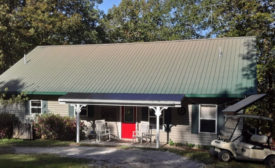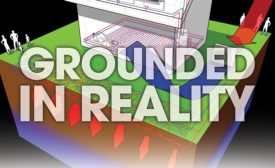Steve Kavanaugh, Ph.D.
Steve Kavanaugh served as either professor or professor emeritus in mechanical engineering at the University of Alabama from 1985 to 2015. He is co-author of the ASHRAE book, Geothermal Heating and Cooling: Design of GSHP Systems, and author of the ASHRAE book, HVAC Simplified. He has presented of over 130 engineering GSHP and HVAC seminars and is owner of Energy Information Services (www.geokiss.com), focusing on info and design tools.
ARTICLES
The concept of direct PV solar water heating is an effective option.
Read More
Grounded In Reality: Better Ground Source Heat Pump Design
Why do ground loops in moist soils sometimes perform better than expected? What ground loop design tactics can address building system imbalance? Engineers need to take more responsibility for their full GSHP designs, and these questions are a good place to start.
December 1, 2016
Get our new eMagazine delivered to your inbox every month.
Stay in the know on the latest HVACR engineering trends.
SUBSCRIBE TODAY!Copyright ©2024. All Rights Reserved BNP Media.
Design, CMS, Hosting & Web Development :: ePublishing

